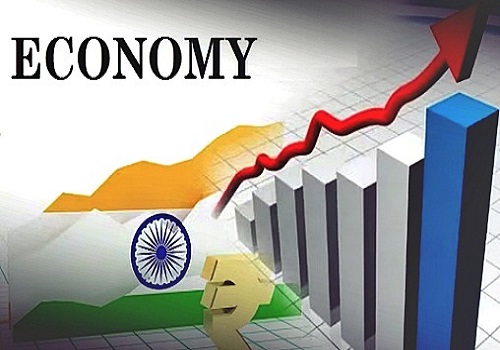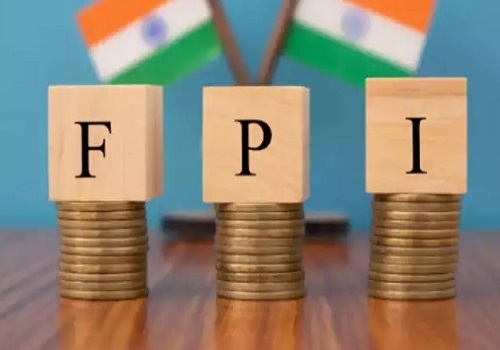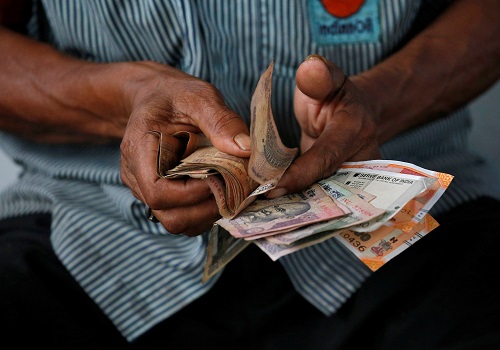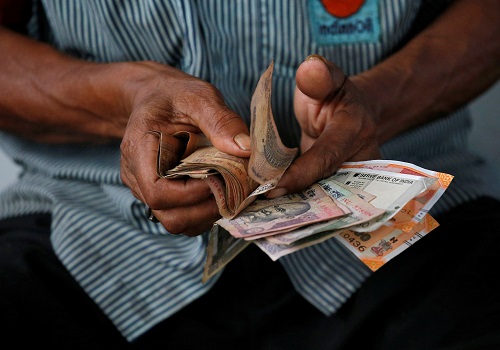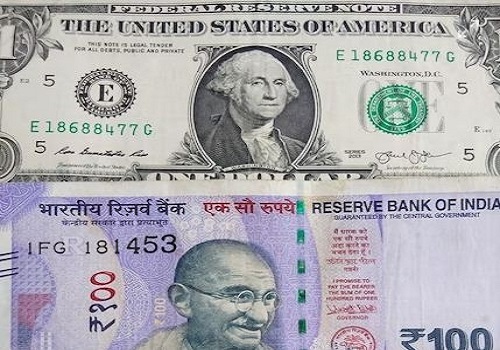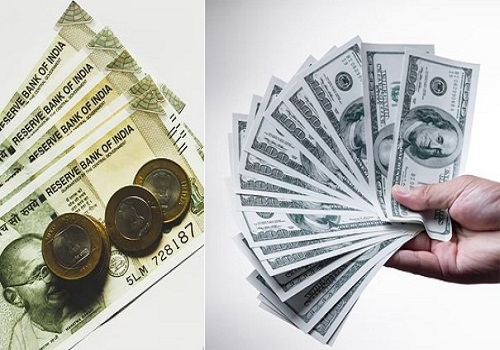Fed rate-path uncertainty, European gas crunch dominate currency markets

With a U.S. interest rate rise priced for this week and uncertainty mounting over the Fed's policy-tightening path, the dollar held off recent two-decade peaks on Tuesday, while Russia's latest gas supply cut kept the euro under pressure.
The U.S. Federal Reserve starts a two-day meeting later in the day and is expected to deliver a 75 basis-point interest rate rise. But many traders are wondering whether softening growth may prompt it to shift focus away from inflation and signal a slower rate hike pace ahead.
Futures contracts tied to the Fed's policy rate show rates peaking in January 2023, a month earlier than the February reading they gave last week, while long-dated Treasury yields have fallen some 80 basis points off mid-June highs.
That's helped knocked the dollar some 2.8% off the 20-year highs of 109.29 hit against a basket of currencies less than two-weeks ago. By 0830 GMT, the greenback was steady on the day at around 106.5, while against the euro it firmed marginally to $1.0219.
However, while Fed rate expectations are being scaled back, most analysts retain a bullish view on the dollar, noting signs of a global economic slowdown. Such fears were reinforced on Monday by a profit warning from U.S. retailer Walmart.
That came on the heels of several softer-than-expected U.S. and European data prints.
Francesco Pesole, FX strategist at ING Bank, attributed the dollar's loss of momentum to traders easing back on excessively 'long' greenback positions.
"The trigger (for position squaring) may have been the reassessment of the timing of terminal rates being reached, and the discussion of rate cuts," Pesole said.
"But there is less scope for dovish repricing at the Fed compared to the ECB... Fed pricing is more or less in line with the dot-plot and the inflation/growth outlook," he added, referring to the chart recording each Fed official's interest rate projection.
The euro remained hemmed in by uncertainty over Europe's energy security, with Russia saying gas flows to Germany via the Nord Stream 1 pipeline would fall to 33 million cubic metres per day (bpd) from Wednesday. That is half of current flow, which is already only 40% of normal capacity.
The single currency's reaction to the news however has been muted so far, even though it raises risks of fuel rationing in Europe and economic recession.
Pesole said the euro had been braced for bad news on the gas front, noting "the reaction function to incoming news is not as sharp and won't trigger the same kind of volatility as a month ago".
The euro could weaken however if markets actively start pricing out upcoming rate hikes from the European Central Bank -- they have already scaled back expectations for September, now pricing a 39 bps hike compared to 50 bps last week.
Commodity prices are supporting the Australian and New Zealand dollars. The Aussie hit a one-month high of $0.6984 as iron ore scaled two-week peaks and traders awaited inflation data that may show consumer prices rising at 6.2% year-on-year, the fastest in more than three decades.
"There may be some slight upside for the Aussie, depending on the data," said analysts at ANZ Bank. "A 50 bps hike from the (Reserve Bank of Australia) next week is all but a foregone conclusion – the main risk is for a larger hike."
Elsewhere cryptocurrencies wound back last week's gains. Bitcoin sat at $21,100, its lowest since July 18. Ether also hit its lowest sine July 18 at $1,421.




